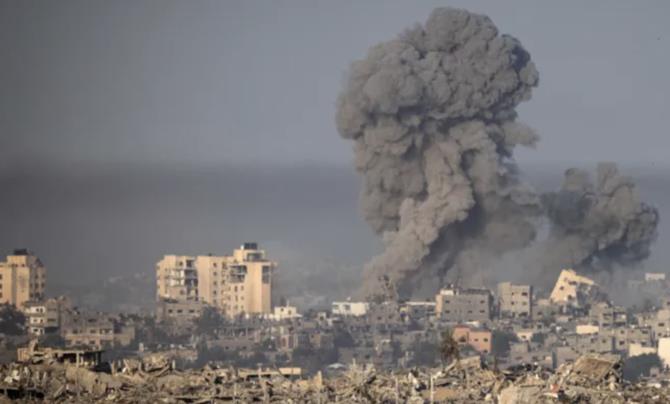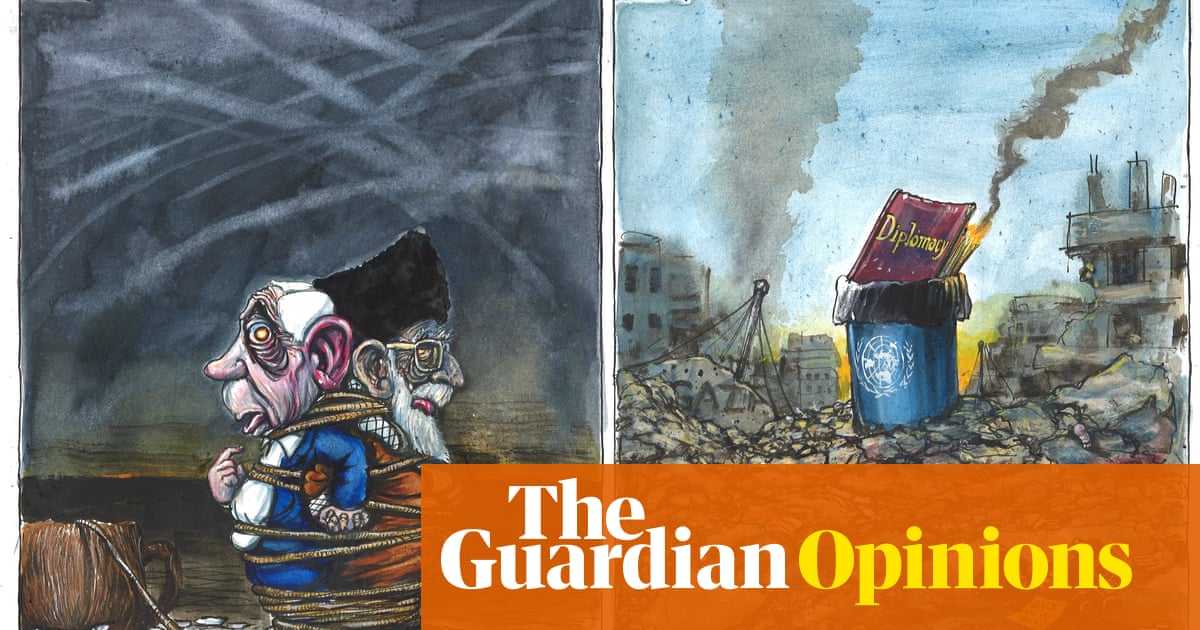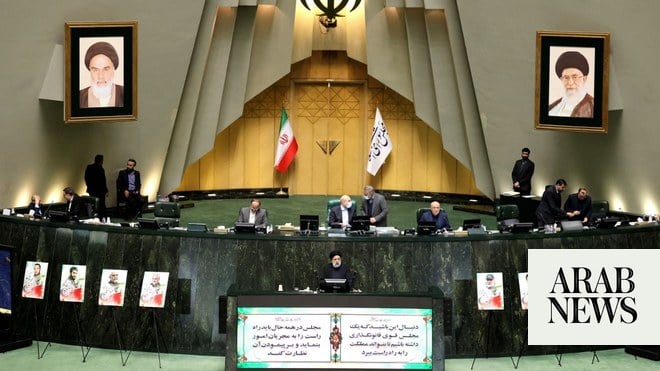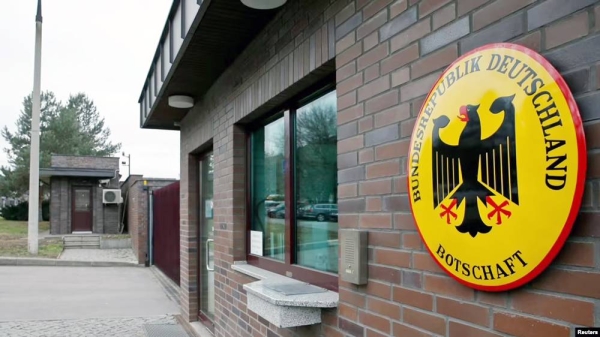
An apparent Israeli attack targeting the Iranian city of Isfahan is the latest in a tit-for-tat exchange of military action between the two nations that marks a dangerous escalation in their long-standing conflict, amplifying concerns of broader regional destabilization and potential repercussions on the international stage.
Isfahan holds paramount strategic significance owing to its possession of a military air base alongside nuclear sites, making it a focal point in regional geopolitics. Its military air base is not only as a crucial operational hub for Iranian defense forces but also underscores Iran’s capacity to project power across the region.
Isfahan’s nuclear facilities add another layer of complexity to its importance, as they represent a focal point in the ongoing international debate surrounding Iran"s nuclear program. Any military action targeting Isfahan not only has the potential to disrupt Iran’s defensive capabilities but also raises concerns about the security and proliferation of nuclear materials in the region. The apparent Israeli strike in Isfahan may therefore signal a deliberate attempt to undermine Iran’s military infrastructure and potentially disrupt its nuclear ambitions, further exacerbating tensions and amplifying the risk of broader conflict escalation in the volatile Middle East.
The underlying dilemma in the conflict between Israel and Iran lies in a dangerous cycle of escalation fueled by mutual perceptions of strength and weakness. Like two longstanding rivals engaged in a high-stakes game of brinkmanship, each side feels compelled to respond to the other’s provocations to avoid appearing weak or conceding defeat.
This dynamic creates a self-perpetuating cycle in which any display of restraint is interpreted as a sign of vulnerability, inviting further aggression from the opposing party. Moreover, as each side seeks to outdo the other in demonstrating resolve and strength, the intensity of the responses escalates, exacerbating tensions and perpetuating a spiral of violence.
This vicious circle of action and reaction serves only to deepen animosities, making the prospect of de-escalation increasingly elusive and the potential for catastrophic outcomes more likely.
Even before the most recent incident, Iranian Foreign Minister Hossein Amir-Abdollahian issued a stark warning about escalating tensions in the Middle East and outlining Iran’s unequivocal stance toward any further military actions by Israel.
His declaration emphasized Iran’s readiness to respond with immediate and maximum force should Israel choose to undertake any aggressive action deemed detrimental to Iranian interests. This public statement underscored the pressure to respond decisively, as failure to do so would risk projecting an image of weakness and vulnerability, which could embolden further aggression from the other side. In essence, each country finds itself in a position where it must demonstrate strength and resolve to deter future incursions by its adversary, thereby perpetuating the cycle of escalation and reinforcing the precarious nature of the ongoing conflict.
With each retaliatory strike, tensions escalate, increasing the likelihood of a conflagration that could engulf the entire region.
Dr. Majid Rafizadeh
Another issue is that the escalating tensions between Iran and Israel come at a critical juncture when a significant red line has been crossed: both nations are now engaged in direct attacks against each other. This marks a pivotal shift in their long-standing conflict, as it moves beyond proxy engagements or covert operations into open hostilities. Such direct confrontations between Iran and Israel introduce a heightened level of volatility to an already unstable region, with potential ramifications that extend far beyond their borders. It is a departure from previous confrontations, raising concerns about the potential for a wider regional conflagration and the involvement of other actors with vested interests in the Middle East. As each side escalates its military actions, the risk of further escalation and the destabilization of the region looms large, necessitating a careful and nuanced approach to de-escalation and conflict resolution
Over five decades, the animosity between Israel and Iran has played out through various indirect means, often via third parties or strikes and other operations in countries such as Syria and Lebanon.
This approach, characterized by a shadowy conflict conducted through proxies, has probably been a defining feature of their rivalry. By operating indirectly, they sought to pursue their strategic objectives while minimizing direct confrontation and the risk of outright war. Additionally, the realm of cyber warfare emerged as a potent tool in their arsenals, offering a new avenue for exerting influence and inflicting damage without the need for direct military engagement. However, in spite of these efforts to wage conflict through indirect means, the recent escalation to direct attacks signifies a notable departure from past tactics, signaling a potentially dangerous new phase in their antagonistic relationship.
Unless either Israel or Iran chooses to break the cycle of tit-for-tat retaliation and actively seeks de-escalation, the trajectory points inexorably towards a full-fledged war. With each retaliatory strike, tensions escalate, increasing the likelihood of a conflagration that could engulf the entire region. The absence of decisive action to halt the cycle of violence perpetuates a dangerous dynamic where each side feels compelled to respond in kind, pushing the brinkmanship to its limits.
In such a scenario, the risk of unintended consequences and catastrophic outcomes looms large, underscoring the urgent need for diplomatic efforts to defuse tension and prevent a devastating escalation into open warfare.
Dr. Majid Rafizadeh is a Harvard-educated Iranian American political scientist. X: @Dr_Rafizadeh












